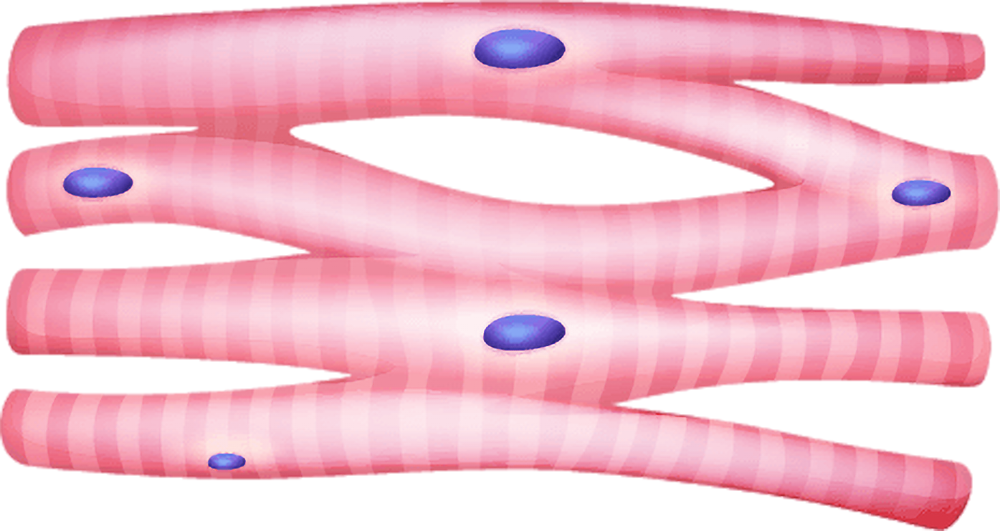(-)-Epicatechin dosing in normal and overweight / obese subjects showed a 30% reduction in C-reactive protein, a key marker of inflammation in the body
Published November 2016

This randomized, placebo-controlled, and double-blind study was conducted on 30 human subjects with high triglyceride levels for 4 weeks.
A precise formulation and dosage of (-)-epicatechin was administered to the treated group.
Note that the formulation and dosage of (-)-epicatechin used in this clinical are relevant to our key ingredient, Mitokatylst™ in the product Mitokatylst™ – E.
Blood samples were collected in all subjects to assess indicators of glucose and lipid control as well as inflammation.
